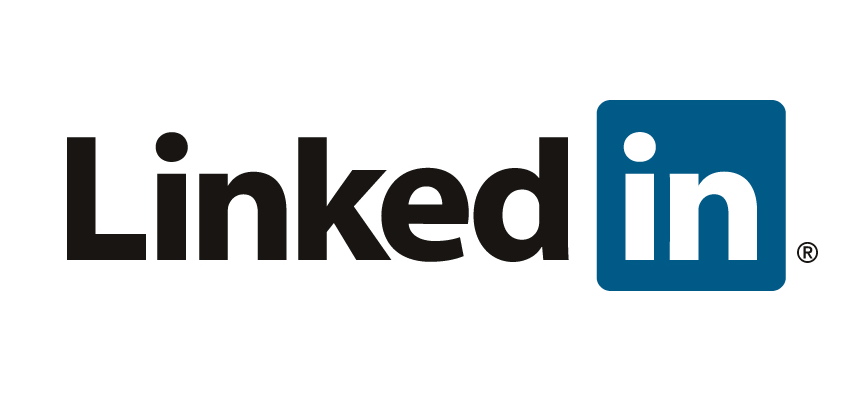Registration is open for AMWA’s 71st Annual Conference in Jacksonville, FL, October 20th-22nd this year.
If you’re not already a member of AMWA, I’d highly recommend joining.
Cover One Of The Open Sessions
Additionally, you can make the most of your AMWA Annual Conference attendance – AMWA are looking for writers willing to cover one of the 37 open sessions for the AMWA Journal.
Dr. Kristina Wasson-Blader advises AMWA members: “Writing a summary for the Journal will give you a published piece and also bring the conference to those who can’t attend the conference or a particular session. If you are interested in writing for the Journal, send an email to the AMWA Journal Editor at amwajournaleditor@editorialrx.com.”










Follow Me!